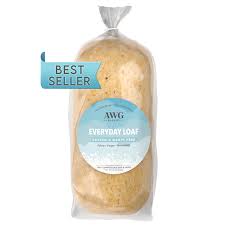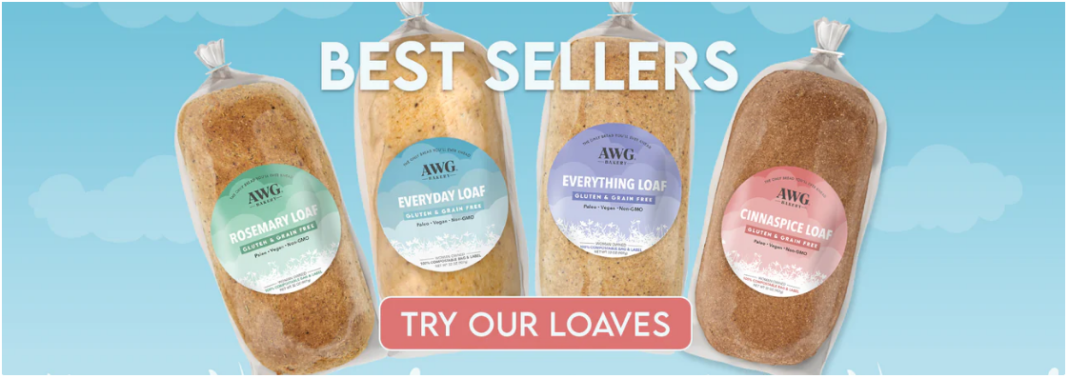In recent years, gluten-free diets have gained immense popularity due to various health concerns and dietary restrictions. People with celiac disease, gluten sensitivity, or those simply looking to reduce gluten intake often seek out delicious alternatives to traditional wheat-based products. One such delightful creation is the best gluten free loaf, a nutritious and flavorful option that satisfies both the taste buds and dietary needs. In this article, we will delve into the world of gluten-free loaves, providing you with informative insights and tips for baking your own mouth-watering masterpiece.

Gluten-Free Diets and the Importance of Alternatives
Gluten is a protein found in wheat, barley, and rye, and it can cause adverse reactions in certain individuals. For those diagnosed with celiac disease, consuming gluten triggers an immune response that damages the small intestine. Additionally, many individuals may experience gluten sensitivity, manifesting as bloating, digestive issues, fatigue, and other uncomfortable symptoms. Consequently, adhering to a gluten-free diet becomes crucial for maintaining optimal health.
Gluten-free loaves serve as a vital alternative to regular bread, allowing individuals on restricted diets to enjoy a diverse range of culinary experiences without compromising their well-being. These loaves are typically made using alternative flours and ingredients that do not contain gluten. They can be equally delicious and satisfying, providing an enjoyable dining experience for everyone.
Baking the Perfect Gluten-Free Loaf: Tips and Tricks
Baking gluten-free bread may seem challenging at first, but with the right techniques, it can be a rewarding and scrumptious endeavour. Here are some essential tips and tricks to help you achieve gluten-free loaf perfection:
- Choose the right flour blend: Opt for a pre-made gluten-free flour blend or create your own mix using flours such as rice, almond, sorghum, tapioca, or buckwheat. Experiment with different ratios to find the perfect balance of taste and texture.
- Add binders and moisture: Gluten-free flours lack the elasticity provided by gluten, so incorporating binders like xanthan gum or psyllium husk powder can help improve the bread’s structure. Additionally, ingredients like eggs, applesauce, or yogurt can add moisture and prevent dryness.
- Allow for proper rising: Gluten-free dough often requires additional time to rise. Be patient and let the dough rest for an extended period to achieve a lighter and fluffier texture. Using instant yeast or adding a bit of honey or sugar can help activate the yeast and speed up the rising process.
- Use a loaf pan or bread machine: Baking your gluten-free loaf in a loaf pan or bread machine can help shape the dough and provide better support during the rising and baking stages. This will ensure a more uniform and aesthetically pleasing final product.
Exploring Gluten-Free Flours and Ingredients for a Tasty Loaf
Gluten-free baking opens up a world of exciting possibilities, allowing you to experiment with various flours and ingredients. Here are some popular gluten-free flours and their characteristics:
- Rice flour: A versatile option that provides a light and fluffy texture, rice flour is commonly used in gluten-free baking. It can be combined with other flours to enhance the taste and structure of your loaf.
- Almond flour: Derived from blanched almonds, this protein-rich flour adds a delicious nutty flavour and moistness to your gluten-free loaf. However, it is important to note that almond flour is denser and may require additional binders for optimal results.
- Buckwheat flour: Despite its name, buckwheat is not a type of wheat and is naturally gluten-free. It offers a robust flavour profile and a slightly grainy texture, making it a popular choice for hearty and rustic gluten-free loaves.
- Tapioca flour/starch: Tapioca flour/starch is often used in combination with other flours to improve the texture and binding properties of gluten-free dough. It helps create a chewy and elastic crumb, contributing to a more enjoyable eating experience.
Wrapping Up
The best gluten free loaf is a remarkable creation that allows individuals with dietary restrictions to savour the pleasure of bread without the adverse effects of gluten. By understanding the principles behind gluten-free diets, learning essential baking techniques, and exploring a variety of gluten-free flours and ingredients, you can create your own delectable loaves. Embrace the gluten-free lifestyle with enthusiasm and discover a world of culinary delights that will leave you satisfied and nourished.




















